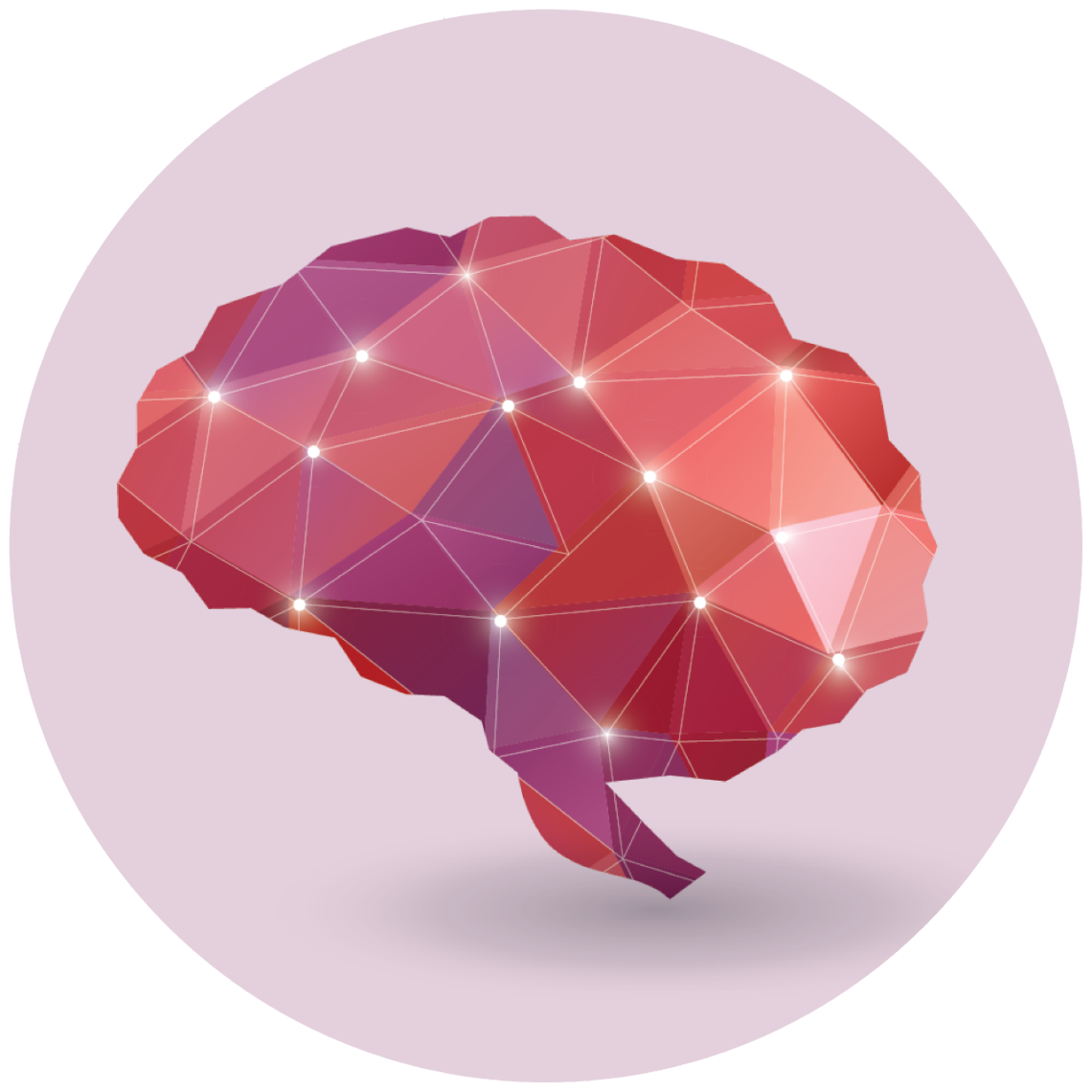AARP Hearing Center


Some forgetting is normal at any age. Everybody misplaces their keys, right? But for some people, confusion gets pronounced, and simple tasks such as managing money and driving become difficult without assistance.
Although there is no vaccine or cure for dementia, early diagnosis is still crucial. Seeking help early and getting a diagnosis offer time to try therapies that may slow disease progression and relieve troublesome symptoms. Such actions also give the patient and family members time to anticipate care needs and plan financially.
In the United States, more than 7 million people are living with dementia, according to the Alzheimer’s Association. As the older population grows, those numbers are expected to rise sharply. The average age of onset is around 84 years.
When it comes to diagnosis, “there’s no specific blood test or brain scan to tell if you have dementia. We often make the diagnosis by bedside testing,” says geriatric psychiatrist Karen Severson, M.D., based in Jupiter, Florida. She’s referring to simple questions a doctor might ask or short cognitive tests to check a person’s ability to recall and communicate, such as drawing a clock face. Although she uses the term “bedside testing,” these evaluations more often happen during a visit to the doctor’s office.




































































More From AARP
6 Brain Myths and Truths
Learn strategies for remaining healthy as you age at AARP® Staying Sharp®
What Is Dementia?
It’s an umbrella term for a loss of memory and thinking skills that has various causes, symptoms and treatments5 Reasons We Don’t Have a Cure for Alzheimer’s Disease
It’s hard to cure a disease when its cause is still up for debateRecommended for You